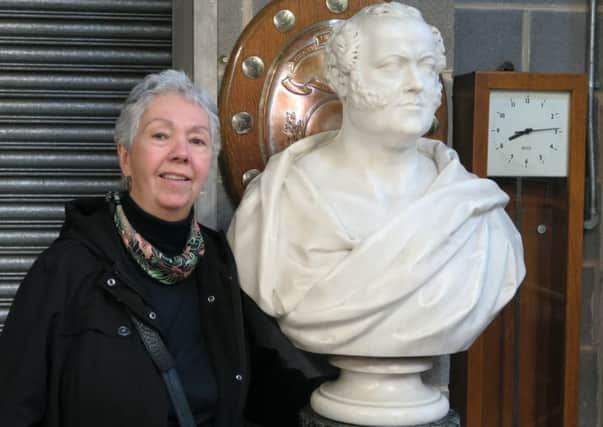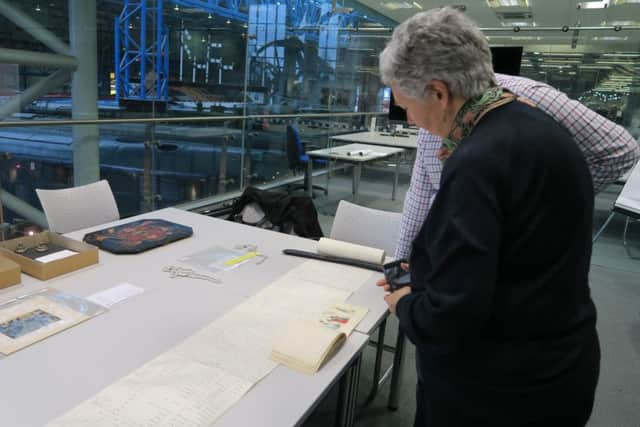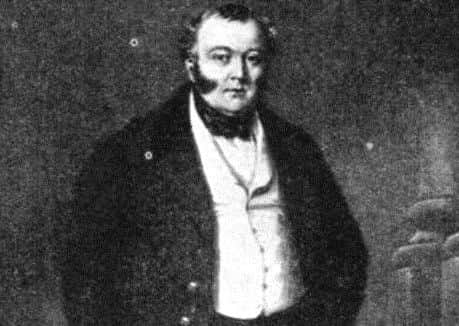Family secrets of York's disgraced Railway King


George Hudson was a pioneering figure of Britain’s emerging railway network, but his career ended in disgrace and bankruptcy.
Much of the detail of his spectacular rise and fall is lost in time, but nearly 150 years after his death, one of his descendants is trying to put the pieces together.
Advertisement
Hide AdAdvertisement
Hide AdThe Rev Nan Hudson, who dedicated her career to outreach work for the church and who once served in India alongside Mother Theresa, arrived in York from her home in Toronto to investigate the curious history of her family’s black sheep.


In the 1840s, Hudson controlled a large part of England’s rail network. He oversaw the industry’s first merger and was instrumental in the construction of the London to Edinburgh main line.
He also served as Lord Mayor of York and MP for Sunderland, and owned the vast Londesborough Park Estate near Market Weighton in East Yorkshire, in whose grounds he built a full-scale railway, complete with viaduct.
But he was implicated in fraudulent share dealing, and was ruined when the “railway bubble” finally burst.
Advertisement
Hide AdAdvertisement
Hide AdRev Hudson, a fifth-generation descendant, said it had been “deeply moving” to meet archivists at York’s National Railway Museum, on a stopover during a return trip from India to Canada.


She said: “There has been a George in the Hudson family for five generations now, so to be able to put together a picture of the person who played such a significant part in our family, and to see the city he loved, was just wonderful.
“I’ve wanted to delve into the family legacy for a while, and now I’m in my sixties and nearing retirement, I felt it was time to make a start.”
Ed Bartholomew, senior curator at the museum, said: “George Hudson was one of the most controversial figures in the history of Britain’s railways. His unscrupulous business practices led to his downfall and he died in disgrace in 1871.
“Yet Hudson’s legacy lives on. He made York a vital railway hub and, ultimately, that’s one of the main reasons why the National Railway Museum is located in the city today.”